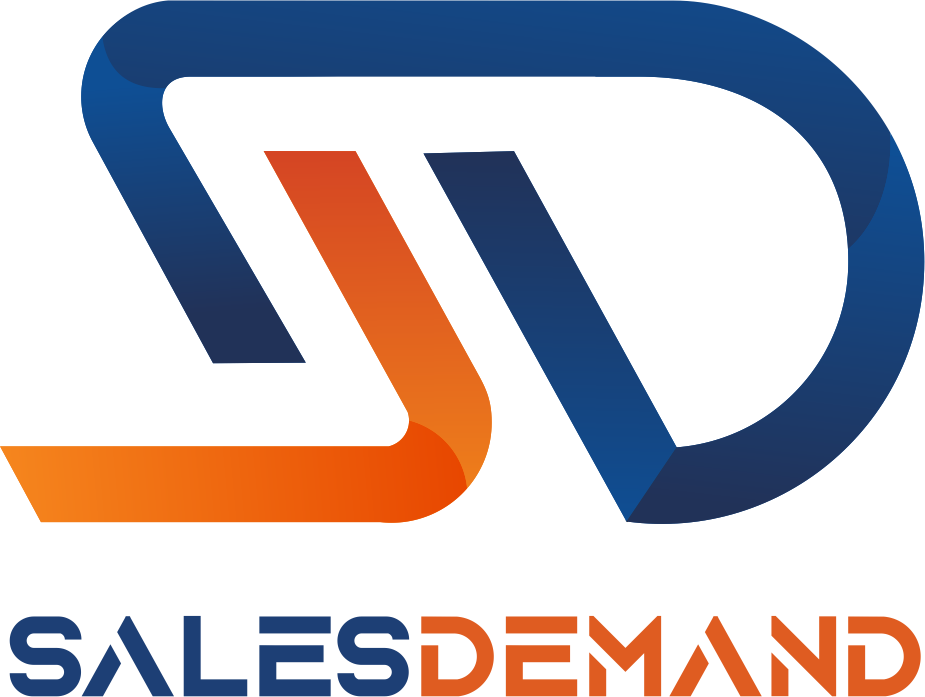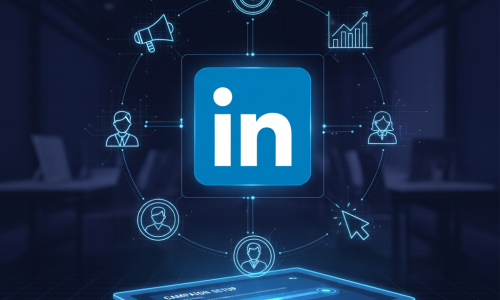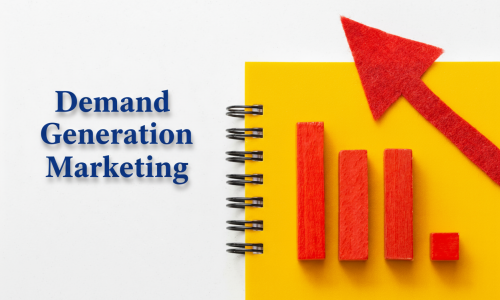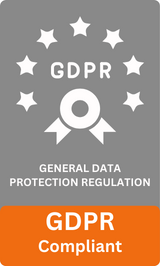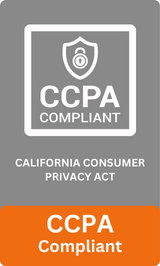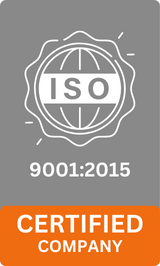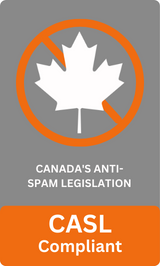
The way B2B marketing works today is very different from what it was a few years ago. Companies are investing more in building brand awareness and creating trust before asking for sales. According to eMarketer, nearly 40% of B2B marketers plan to increase their brand-building budgets in 2025. At the same time, 49% of marketers say generating more leads is their top priority, but 41% find it to be their biggest challenge.
This is where the confusion between demand generation and lead generation often starts. Many think they’re the same, but they serve different purposes. Demand generation focuses on creating awareness and interest, while lead generation turns that interest into real prospects and potential customers.
In this blog, we’ll clearly explain what each of these strategies means, how they differ, how they work together, and which approach will help your business grow in 2025 and beyond.
Table of Contents
ToggleWhat Is Demand Generation?
Demand generation (or demand gen) is a broad marketing strategy aimed at creating awareness, sparking interest, and building trust for your brand or solution. It’s about reaching potential customers who may not yet know your company or be ready to buy.
In B2B contexts, demand gen often focuses on educating the market, positioning your brand as a thought leader, and nurturing relationships over time.
- Content marketing (blogs, videos, webinars)
- Brand awareness and authority building
- Top-of-funnel activities like social engagement and search visibility
- Long-term nurturing rather than immediate conversions
What Is Lead Generation?
Lead generation (or lead gen) is more targeted: it aims to capture interest from prospects who are somewhat aware of your solution and guide them into your pipeline.
Lead gen is about converting interest into actionable contacts.
In a B2B setting, lead gen often includes:
- Gated offers (eBooks, white papers, demo requests)
- Landing pages with forms
- Qualification of leads (MQLs, SQLs)
Middle- and lower-funnel activities designed to convert interest into opportunity
The aim of lead gen is to provide the sales team with prospects that are ready to engage and move toward purchase.
Key Differences Between Demand Generation and Lead Generation
When comparing demand gen vs lead gen, you’ll find several key distinctions:
Dimension Demand Generation Lead Generation
Funnel stage Top-of-funnel; awareness & interest Middle or bottom; conversion of interested prospects
Primary goal Build brand visibility, educate audience, stimulate demand Capture leads, qualify prospects and drive sales-ready contacts
Typical metrics Website traffic, engagements, brand searches, top-funnel reach Number of leads, cost per lead, conversion rates, MQLs/SQLs
Content approach Ungated, educational, broad audience Gated, action-oriented, targeted to prospects with intent
Time horizon Long-term; builds momentum over months/years Shorter term; aims for immediate interest and conversion
Role in pipeline Creates the pool of potential prospects Converts those prospects into actionable leads
Because demand generation builds the foundation, lead generation often becomes ineffective if demand generation is neglected. Without top-of-funnel awareness, the pipeline can dry up.
How Demand Generation Fuels Lead Generation
The relationship between demand generation and lead generation is not one of competition but of complementarity. Demand gen sets the stage; lead gen executes the conversion. Here’s how demand gen fuels lead gen:
- Demand gen creates awareness and primes prospects. When a brand is known, lead gen has more fertile ground.
- Content created via demand gen can feed into lead gen assets (e.g., blog posts become lead magnets).
- Demand-generated interest allows lead gen efforts to target more qualified audiences, reducing waste and improving conversion.
- With stronger demand gen, lead gen costs (like cost per lead) can decrease because prospects are warmer.
- According to multiple sources, if you skip demand generation and jump straight to lead capture, the conversion rates suffer.
Demand Generation Strategies That Work in 2025
To stay ahead in 2025, B2B marketers must evolve their demand generation strategies. Here are effective tactics:
1. Thought Leadership & Executive Branding
- Publish commentary, op-eds, LinkedIn articles by senior leaders.
- Use webinars and podcasts to position your brand as authority.
2. SEO-Founded Content Ecosystem
- Create ungated content optimized for high-intent keywords.
- Focus on solving customer pain-points early in the journey.
3. Community & Influencer Engagement
- Build or participate in niche communities (Slack, LinkedIn Groups) relevant to your ICP.
- Partner with industry influencers to amplify reach.
4. Account-Based Marketing (ABM) & Intent Data
- Leverage account signals to generate demand within target companies.
- Use intent data to personalize content and outreach across the funnel.
5. Interactive & Immersive Experiences
- Use tools like virtual events, live Q&A, immersive demos to engage prospects.
- Offer interactive content (assessments, calculators) that provide value without gating.
6. Cross-Channel Storytelling
- Integrate digital, offline (events), and social channels into unified campaigns.
- Maintain consistency of messaging and branding across touch-points.
7. Measurement Beyond Leads
- Track engagement metrics like time on content, repeat visits, brand search lift.
- Align marketing and sales data to evaluate how demand gen converts into pipeline.
Successful 2025 demand gen campaigns emphasise brand-influence, education, and value rather than pure direct response.
Effective Lead Generation Tactics for B2B and B2C Brands
While many of these focus on B2B, they can also apply in B2C contexts with adaptation. Here’s what works:
For B2B Brands:
- High-value gated assets: eBooks, white papers, case studies.
- Demo requests and product trials targeted at decision-makers.
- Webinars with registration and follow-up sequences.
- Landing pages optimized for conversions with clear CTAs and segmentation.
- Lead scoring and nurturing workflows via CRM and marketing automation.
For B2C Brands:
- Newsletter subscriptions, discount offers, quiz tools to capture interest.
- Retargeting ads to website visitors, look-alike audiences.
- Lead magnets like free samples, entries to contests, downloadable guides.
- Chatbots for real-time engagement and capturing enquiries.
Shared Tactics:
- Clear CTA and simple form design to minimize friction.
- Segmentation to ensure relevance of offers based on prospect behaviour.
- A/B testing of landing pages, forms, email nurture sequences.
- Alignment between marketing and sales: ensuring handoff of qualified leads is smooth.
Lead gen tactics must integrate seamlessly with demand gen efforts; otherwise, you’ll have high volumes of unqualified leads or poor conversion.
Which Strategy Is Right for Your Business? (Or How to Balance Both)
Choosing between demand gen vs lead gen isn’t an either-or proposition. Most successful B2B organisations use both. Here’s a framework to decide and balance:
- Stage of business & market maturity: If your brand is new or entering a new market, lean heavier on demand gen initially to build awareness. If you’re established and want to scale the pipeline fast, lead gen takes centre stage.
- Budget and resources: Demand gen often requires more time, consistent content, and brand building. Lead gen may yield quicker measurable results but needs solid demand pre-work.
- Target audience behaviour: If your buyers spend a long time researching (typical B2B), demand gen is critical. For impulse or shorter-cycle purchases (common B2C), lead gen may dominate.
- Sales-marketing alignment: Both strategies demand tight integration of marketing and sales teams. If handoff gaps exist, your lead gen suffers even if demand gen is strong.
- Measurement maturity: If you can track funnel metrics, attribution and pipeline, you can calibrate both. Otherwise, start with simpler lead gen while building measurement for demand gen.
Conclusion
In B2B marketing today, the debate around demand gen vs lead gen is not about choosing one over the other, it’s about integrating both intelligently. Demand generation builds the foundation by creating awareness, establishing trust and educating the market. Lead generation steps in to convert that awareness into actionable opportunities and revenue.
By developing a strategy that aligns both, supported by robust measurement, clear processes, and alignment between marketing and sales, businesses in India and internationally can maximise growth. Remember: without demand, lead gen becomes inefficient; without lead gen, demand remains unrealised. The future belongs to those who master both.
I hope you find the above content helpful. For more such informative content, please visit SalesDemand.
FAQs
1. What’s the main difference between demand gen and lead gen?
Demand generation focuses on awareness and interest, while lead generation focuses on capturing and converting those interested prospects.
2.Can a company do lead generation without demand generation?
Yes, but it often leads to higher costs and lower conversion rates because the prospects aren’t primed or aware of your solution.
3. Which tactic is better for a startup?
For a startup, focusing initially on demand generation makes sense to build recognition. Once awareness is established, investing in lead gen will yield better results.
4. How should a B2C brand use these strategies differently compared to B2B?
In B2C, lead gen may dominate due to shorter purchase cycles and higher impulse purchases. Demand gen still matters for brand building and loyalty but may operate faster and more mass-market than in B2B.
5. Which metrics should I track for demand gen vs lead gen?
For demand gen: brand search lift, website traffic, engagement rates. For lead gen: number of leads, conversion rate, cost per lead, MQL to SQL conversion.
